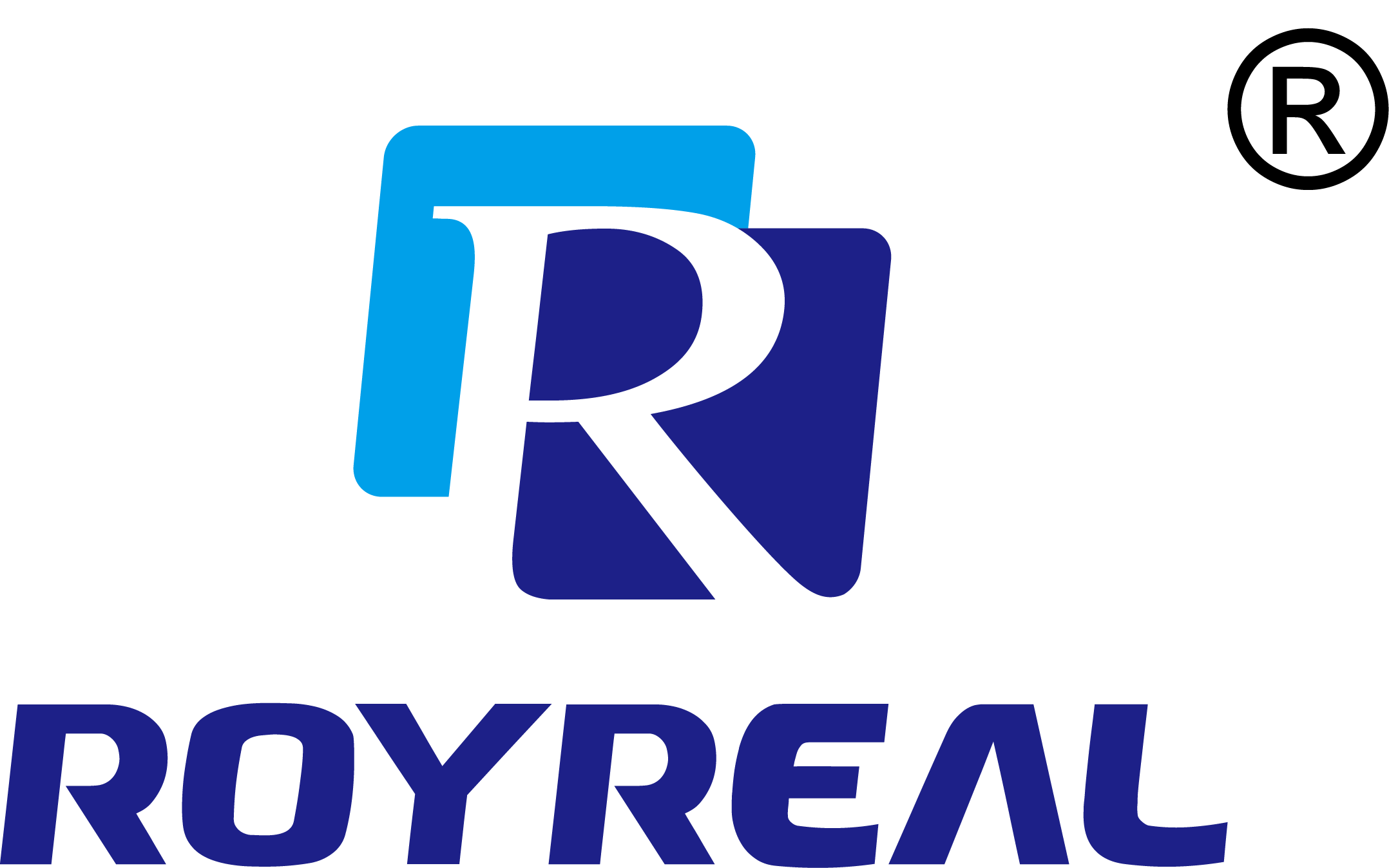Efficiency and Reliability: Wet Test Gas Flow Meters for Oil and Gas Operations
Category: Industry News
Time:2024-12-09
Table of Contents:
1. Introduction: Wet Test Gas Flow Meters for Oil and Gas Operations
2. Understanding Wet Test Gas Flow Meters
3. Benefits of Wet Test Gas Flow Meters
4. Applications of Wet Test Gas Flow Meters
5. Key Considerations for Wet Test Gas Flow Meters
6. FAQs about Wet Test Gas Flow Meters
7. Conclusion
1. Introduction: Wet Test Gas Flow Meters for Oil and Gas Operations
In the oil and gas industry, accurate measurement of gas flow rates is crucial for efficiency, safety, and compliance. Wet test gas flow meters have emerged as a reliable solution for accurately measuring gas flow rates in various applications. This article delves into the features, benefits, and applications of wet test gas flow meters, highlighting their importance in oil and gas operations.
2. Understanding Wet Test Gas Flow Meters
Wet test gas flow meters are innovative devices used to measure the flow of wet gas in pipelines. Unlike conventional flow meters, wet test gas flow meters are specifically designed to handle the challenges posed by the presence of liquid droplets or condensates in the gas stream. These meters employ advanced technologies to accurately measure both the gas and liquid flow rates, providing valuable data for operational decision-making.
2.1 How Wet Test Gas Flow Meters Work
Wet test gas flow meters utilize various principles, including differential pressure, thermal dispersion, and ultrasonic technology, to measure gas flow rates accurately. These meters are equipped with specialized sensors and probes that can differentiate between gas and liquid phases in the flow, ensuring precise measurement.
2.2 Key Features of Wet Test Gas Flow Meters
Wet test gas flow meters offer several key features that contribute to their efficiency and reliability. These include high accuracy, wide turndown ratio, low maintenance requirements, and robust construction. Additionally, some meters are equipped with self-cleaning mechanisms to prevent clogging and ensure continuous operation.
3. Benefits of Wet Test Gas Flow Meters
3.1 Improved Accuracy and Efficiency
Wet test gas flow meters provide highly accurate measurements even in the presence of liquid droplets or condensates. This accuracy leads to improved operational efficiency, enabling operators to make informed decisions about gas flow management, allocation, and optimization.
3.2 Enhanced Reliability and Safety
The reliability of wet test gas flow meters ensures uninterrupted monitoring of gas flow rates, allowing operators to detect abnormalities or leaks promptly. This proactive approach to safety minimizes the risk of accidents and ensures the protection of personnel, equipment, and the environment.
3.3 Cost Savings
By accurately measuring gas flow rates, wet test gas flow meters help operators identify inefficiencies and optimize processes. This optimization can result in significant cost savings by reducing energy consumption, preventing gas loss, and minimizing maintenance requirements.
4. Applications of Wet Test Gas Flow Meters
Wet test gas flow meters find applications across various sectors of the oil and gas industry. Some common applications include:
4.1 Production and Well Testing
In production and well testing operations, wet test gas flow meters provide accurate measurement of wellhead gas flow rates. This data is essential for production optimization, reservoir management, and determining well performance.
4.2 Pipeline Monitoring and Custody Transfer
Wet test gas flow meters play a crucial role in monitoring gas flow rates in pipelines for custody transfer purposes. These meters ensure accurate measurement during the transfer of gas from one party to another, enabling fair billing and preventing revenue loss.
4.3 Refining and Petrochemical Industries
Wet test gas flow meters are widely used in refining and petrochemical processes to measure gas flow rates accurately. This data aids in process optimization, emissions monitoring, and compliance with environmental regulations.
5. Key Considerations for Wet Test Gas Flow Meters
When selecting and implementing wet test gas flow meters, several key factors should be considered:
5.1 Gas Composition and Operating Conditions
The gas composition and operating conditions play a crucial role in determining the appropriate wet test gas flow meter. It is essential to choose a meter that can handle the specific gas composition, pressure, temperature, and flow range of the application.
5.2 Installation and Integration
Proper installation and integration of wet test gas flow meters are vital for accurate measurements. Factors such as pipe size, orientation, and flow profile should be carefully considered to ensure optimal meter performance.
5.3 Maintenance and Calibration
Regular maintenance and calibration of wet test gas flow meters are essential to maintain accuracy and reliability. Operators should follow recommended maintenance schedules and ensure access to qualified technicians for calibration procedures.
6. FAQs about Wet Test Gas Flow Meters
6.1 What is the difference between wet test gas flow meters and dry test gas flow meters?
Dry test gas flow meters are designed to measure gas flow rates in the absence of liquid droplets or condensates. Wet test gas flow meters, on the other hand, are specifically designed to handle the challenges posed by the presence of liquid droplets or condensates in the gas stream.
6.2 Can wet test gas flow meters handle high-pressure applications?
Yes, wet test gas flow meters can be designed to handle high-pressure applications. It is important to consider the specific pressure range of the application and select a meter that is suitable for such conditions.
6.3 How often should wet test gas flow meters be calibrated?
The calibration frequency of wet test gas flow meters depends on various factors, including industry regulations, meter manufacturer recommendations, and specific application requirements. Typically, meters are calibrated annually or biannually to ensure accuracy.
6.4 Are wet test gas flow meters suitable for measuring gas flow rates in hazardous environments?
Yes, wet test gas flow meters can be designed to meet the requirements of hazardous environments. It is essential to select meters that comply with relevant safety standards and have appropriate certifications for use in such environments.
6.5 Can wet test gas flow meters be used for fiscal metering?
Yes, wet test gas flow meters can be used for fiscal metering purposes. However, it is important to ensure that the meter meets the necessary accuracy and certification standards required for fiscal applications.
7. Conclusion
Wet test gas flow meters offer a reliable and accurate solution for measuring gas flow rates in oil and gas operations. Their ability to handle the challenges posed by liquid droplets or condensates makes them indispensable in various applications, from production and pipeline monitoring to refining and petrochemical processes. By investing in wet test gas flow meters, operators can enhance efficiency, improve reliability, and achieve significant cost savings. Stay ahead in the industry by harnessing the power of wet test gas flow meters and optimizing your oil and gas operations.
Keywords:
 EN
EN RU
RU SP
SP
